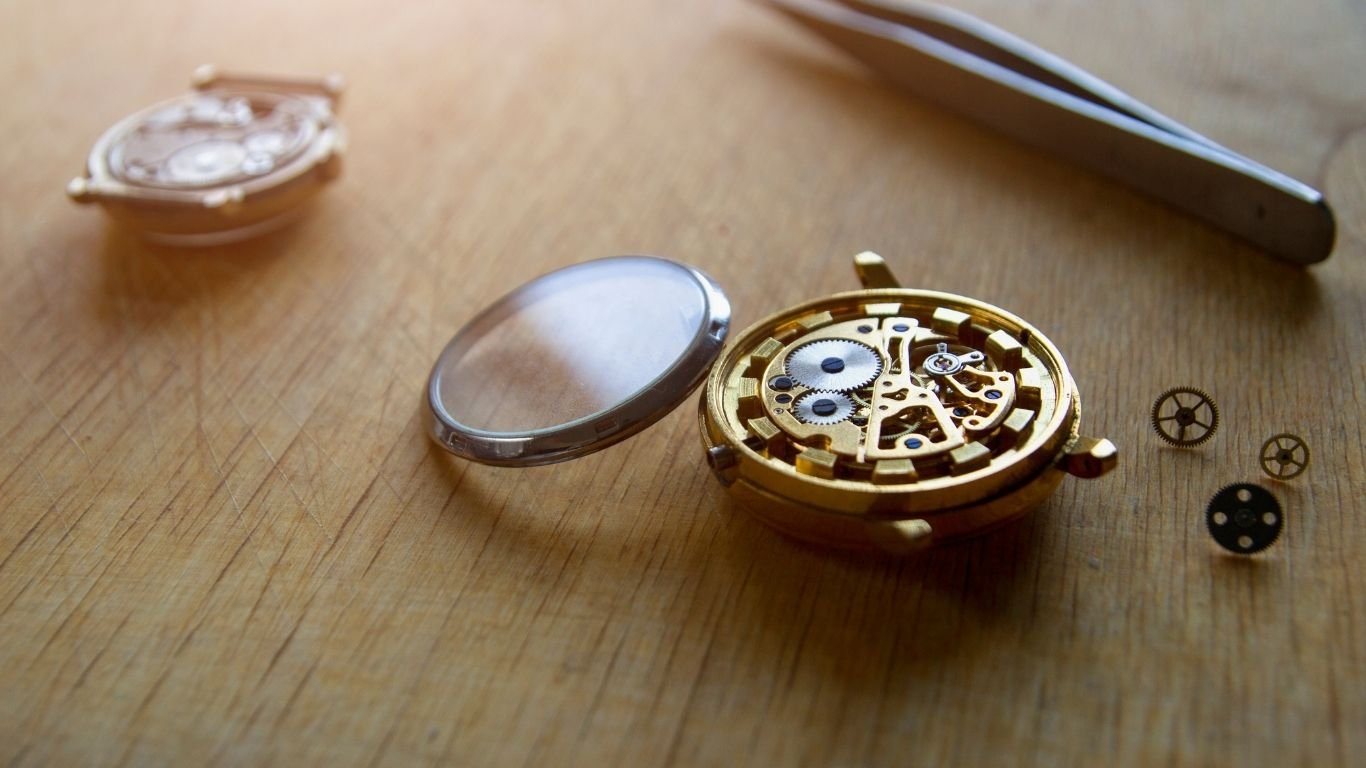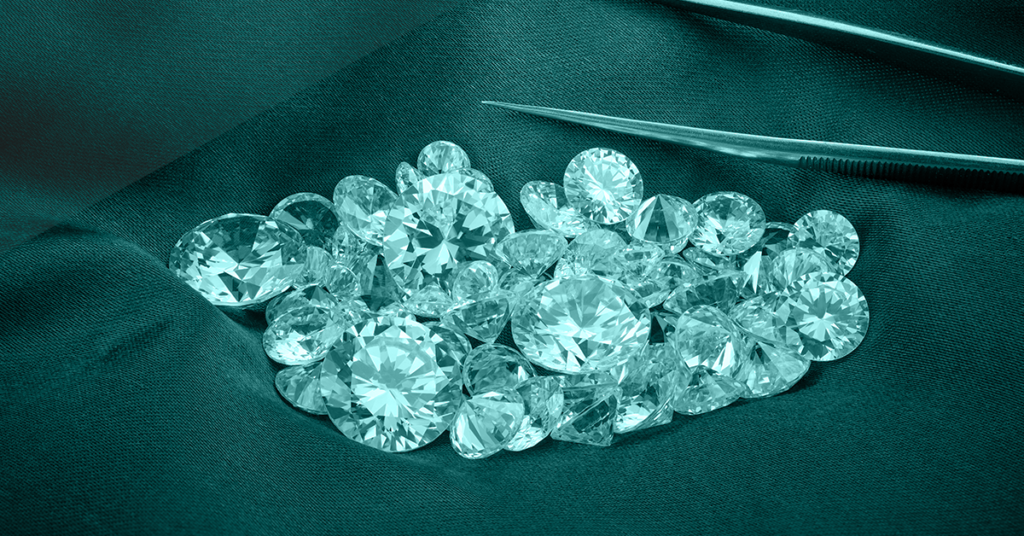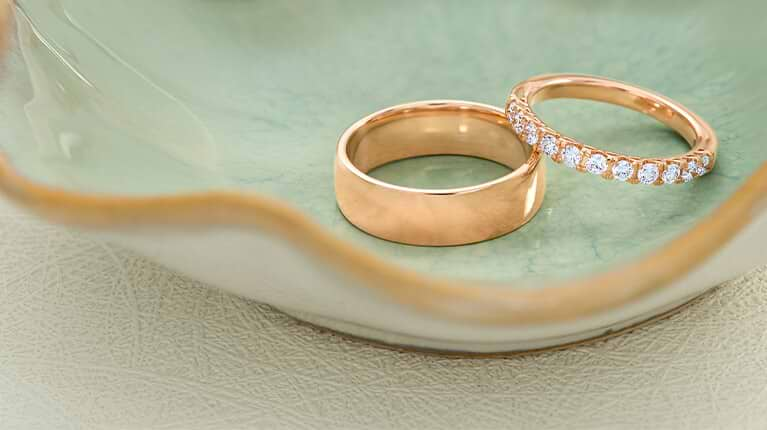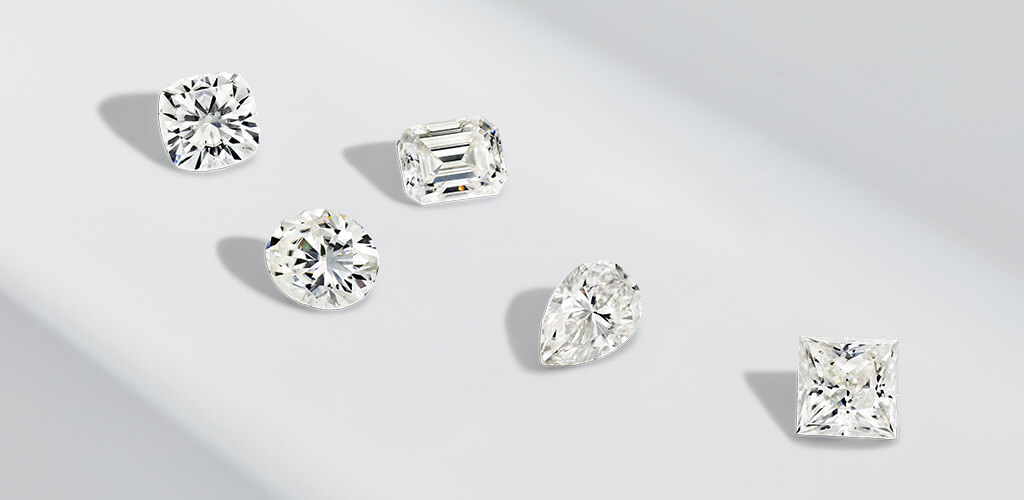Table of Contents
Introduction
When it comes to watches, the watch crystal is a crucial component that not only protects the dial and movement but also adds to the overall aesthetic appeal. Watch crystals come in various materials and styles, each offering different levels of durability and clarity. In this comprehensive guide, we will delve into the world of watch crystals, exploring their types, maintenance, and how to keep them looking pristine. Whether you’re a watch enthusiast, collector, or someone considering a new timepiece, this article will provide you with all the essential knowledge about watch crystals.
The Different Types of Watch Crystals
1. Acrylic Crystals
Acrylic crystals, also known as plastic or hesalite crystals, were commonly used in vintage watches. Despite being inexpensive, these crystals are quite soft and prone to scratches. However, they can be easily buffed to remove minor blemishes, which is one advantage they hold over other types. Acrylic crystals are less shatter-resistant compared to their counterparts, but their warm, vintage appeal remains highly sought after by collectors.
2. Mineral Crystals
Mineral crystals are created from tempered glass, making them more scratch-resistant than acrylic crystals. They are commonly used in mid-range watches due to their cost-effectiveness and reasonable durability. While mineral crystals provide better protection than acrylic, they may still accumulate small scratches over time. However, they are relatively easy to replace, ensuring your watch maintains its clarity and functionality.
3. Sapphire Crystals
Sapphire crystals are the top choice for luxury and high-end watches. Made from synthetic sapphire, a crystal second only to diamond in hardness, they are incredibly scratch-resistant. Unless subjected to extreme force or contact with diamond, sapphire crystals will retain their pristine appearance for years. Their superior clarity also enhances the legibility of the watch dial. Although sapphire crystals are more expensive to replace than other types, their exceptional quality justifies the investment.
4. Domed Crystals
Apart from the material used, watch crystals can also come in different shapes. Domed crystals, as the name suggests, have a convex shape, protruding slightly from the case. This vintage-style crystal not only adds a unique look to the watch but also reduces reflections and distortions, providing a clearer view of the dial.
Proper Care and Maintenance of Watch Crystals
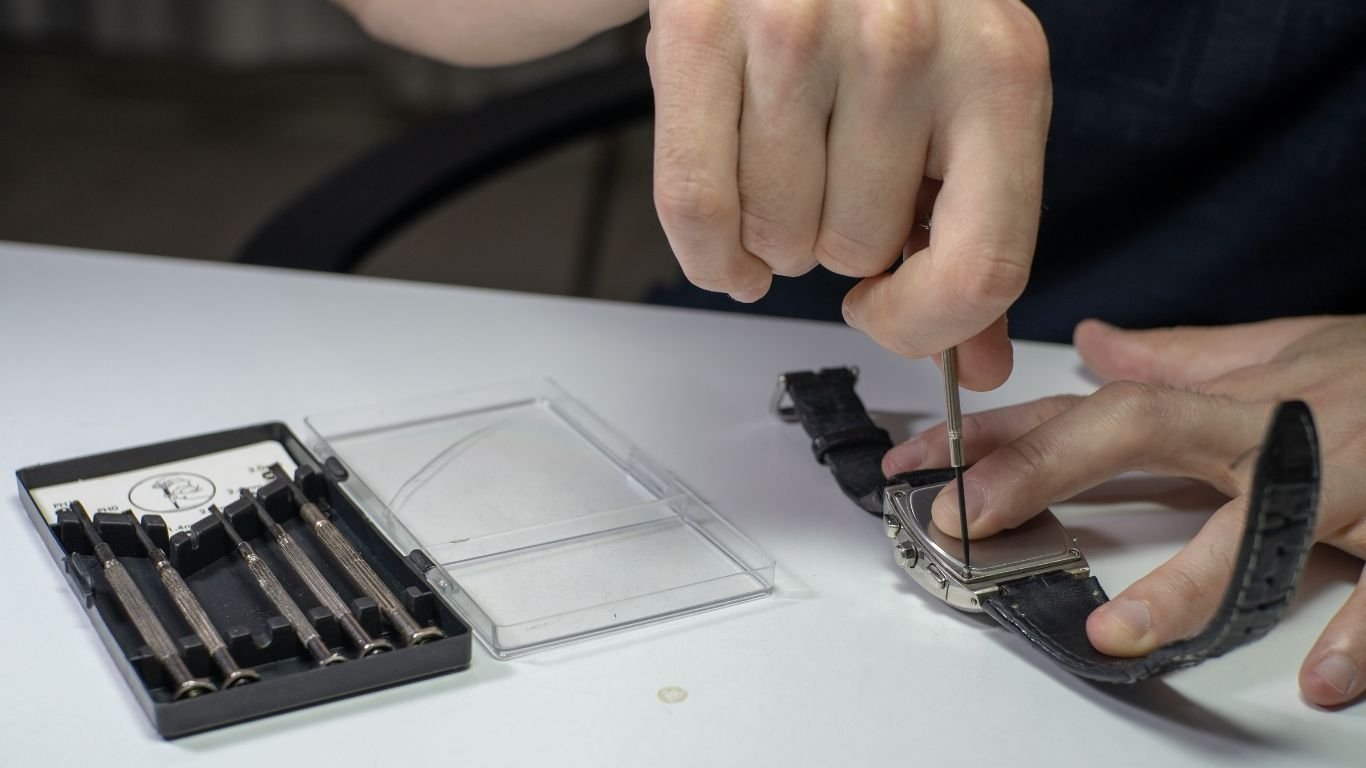
Regardless of the type of watch crystal, proper care is essential to maintain its appearance and functionality over time.
1. Avoid Abrasive Surfaces
To prevent scratches on your watch crystal, avoid placing it on abrasive surfaces. When setting your timepiece down, choose soft and clean surfaces like microfiber cloths or watch cushions.
2. Rinse with Water
If your watch is water-resistant, you can rinse it under lukewarm water to remove dirt and grime. However, avoid doing this if your watch is not explicitly designed for water exposure.
3. Use a Watch Cloth
For routine cleaning, use a microfiber watch cloth to wipe the crystal gently. This will help remove fingerprints, smudges, and dust without the risk of scratching the surface.
4. Professional Maintenance
Periodically, take your watch to a professional watchmaker or jeweler for maintenance. They can inspect the crystal for any signs of damage and address any issues before they worsen.
Conclusion
A watch crystal is not just a protective cover for your watch; it is an essential element that affects the overall appearance and readability of the timepiece. Whether you prefer the classic appeal of acrylic crystals, the balance of mineral crystals, or the luxurious durability of sapphire crystals, each type has its unique charm and purpose. By understanding the various types of watch crystals and how to care for them, you can ensure your watch remains a timeless and functional accessory for years to come.

